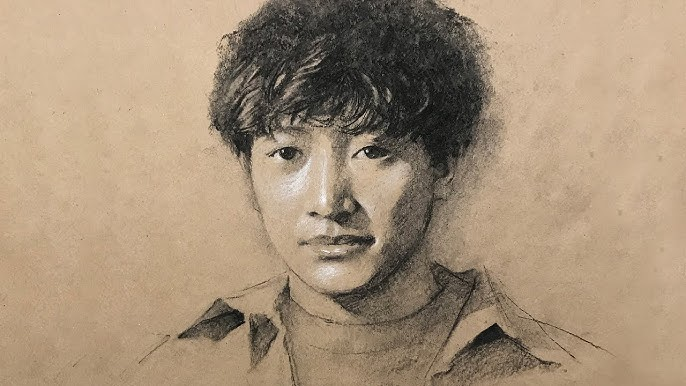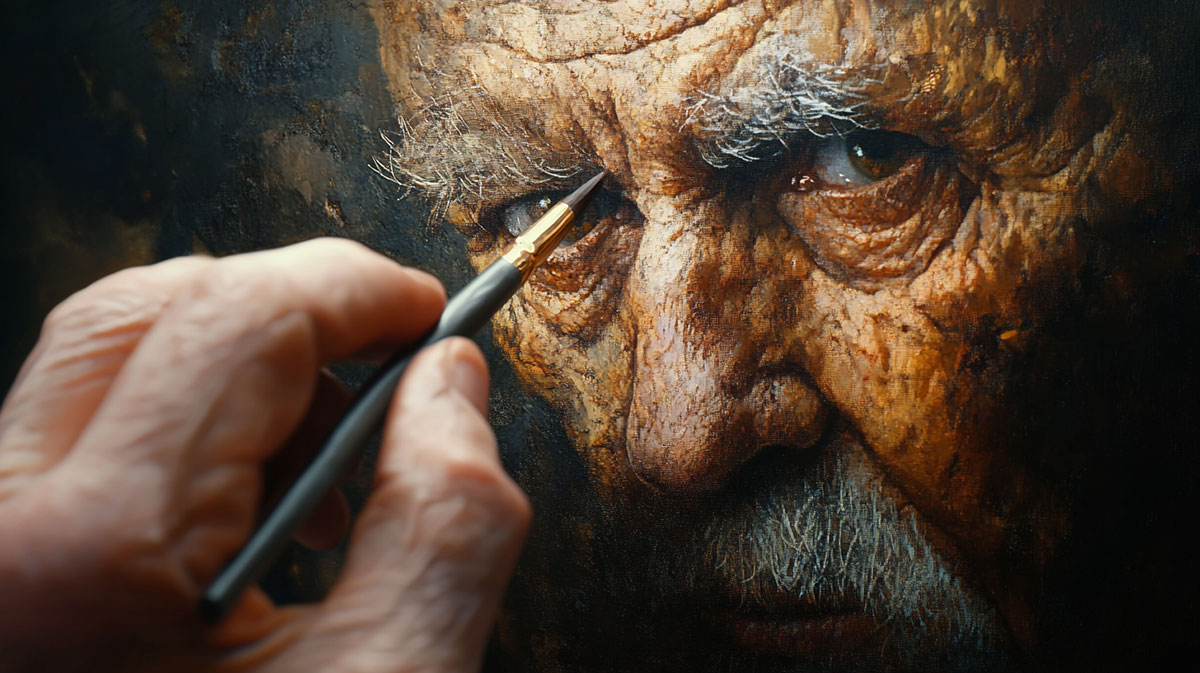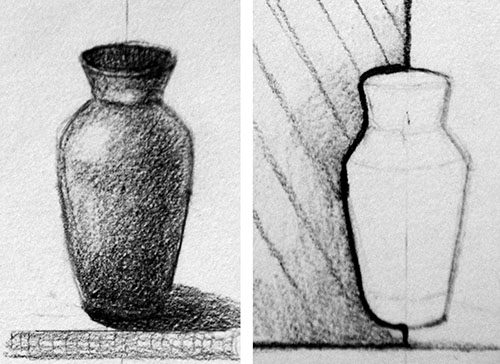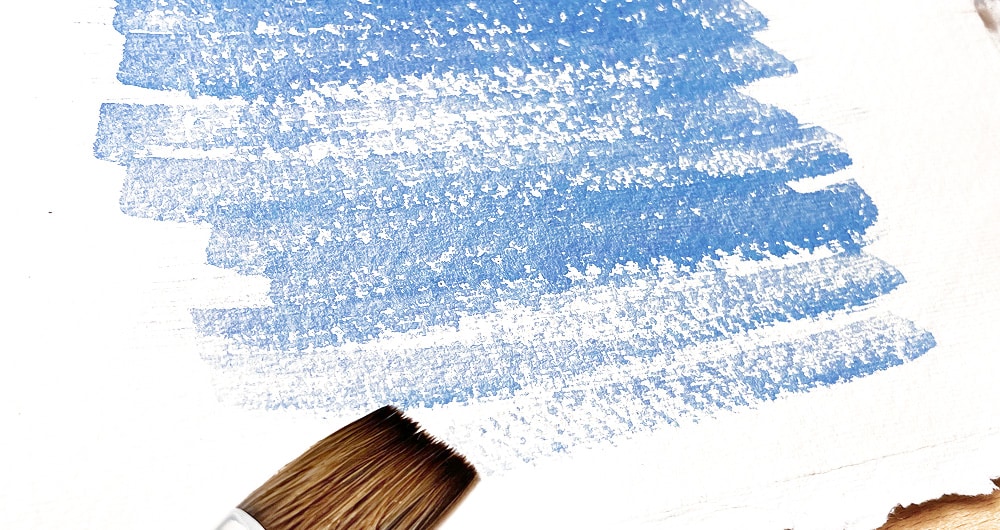scrapfellow.com – Impasto painting is a dynamic and expressive technique where artists apply thick layers of paint to a canvas, creating texture and depth. This method allows brushstrokes or palette knife marks to remain visible, adding a sculptural quality to the artwork. Used by legendary artists such as Vincent van Gogh and Rembrandt, impasto brings movement and intensity to a painting, making it a favorite among contemporary and traditional artists alike.
What is Impasto Painting?
Impasto is an Italian word meaning “paste” or “mixture.” In painting, it refers to the application of thick paint that creates a raised surface on the canvas. This technique can be achieved using oil paints, acrylics, or even heavy-bodied mediums that retain texture when dry.
Benefits of Impasto Painting
- Adds Dimension and Texture – The thick application of paint gives a painting a three-dimensional quality, making it visually engaging.
- Enhances Light Reflection – The peaks and valleys of the paint catch light differently, adding depth and vibrancy to the artwork.
- Expressive and Bold – Artists can create powerful, energetic strokes that convey emotion and movement.
- Allows for Experimentation – Impasto can be layered, scraped, or manipulated in various ways to achieve unique effects.
Materials Needed for Impasto Painting
- Heavy-bodied paints (oil or acrylic)
- Palette knives or thick brushes for applying paint
- Canvas or thick painting surface (impasto works best on sturdy bases)
- Mediums (gel or modeling paste) to enhance texture in acrylics
- Drying agents (for oil paints) to speed up the drying process
Techniques for Impasto Painting
- Using a Palette Knife – Instead of brushes, apply paint directly with a palette knife for a sculptural effect.
- Layering Paint – Build up layers to create more depth and a rich, textured surface.
- Scraping and Blending – Move thick paint around with tools to create unique textures.
- Brushstroke Emphasis – Apply paint in thick strokes to highlight movement and gesture.
Famous Artists Who Used Impasto
- Vincent van Gogh – His swirling, dynamic brushstrokes in Starry Night showcase impasto’s emotional impact.
- Claude Monet – Used thick paint applications to create rich, impressionistic landscapes.
- Rembrandt – Layered impasto to add depth and realism to portraits.
Tips for Beginners
- Start with smaller areas before covering a full canvas.
- Use different tools (brushes, palette knives, even fingers) to experiment with texture.
- Allow paint to dry between layers for added complexity.
- Don’t be afraid to make bold strokes—impasto thrives on confidence!
Conclusion
Impasto painting is a powerful way to add energy and dimension to your artwork. Whether creating a modern abstract piece or a textured landscape, this technique encourages creativity and spontaneity. By mastering impasto, artists can bring their paintings to life with rich textures and dramatic visual effects.





